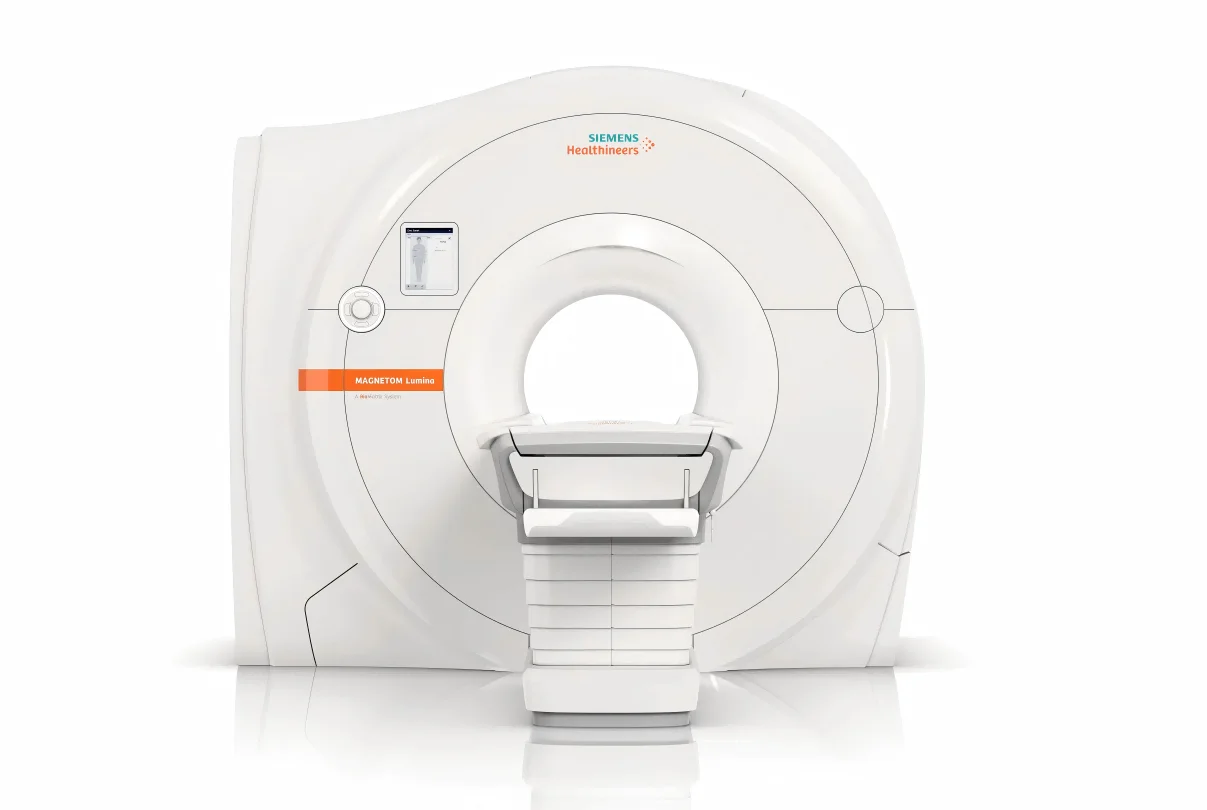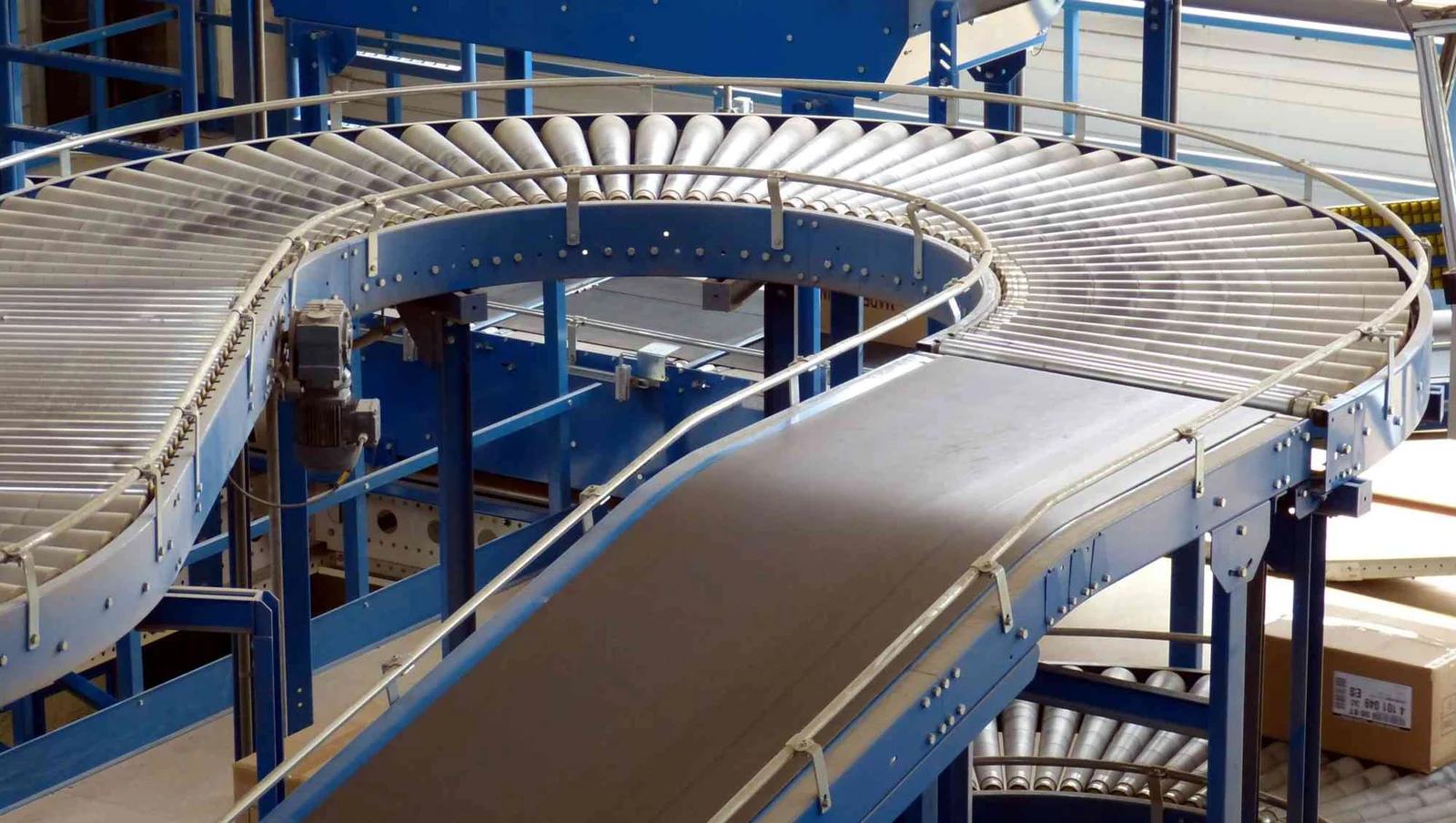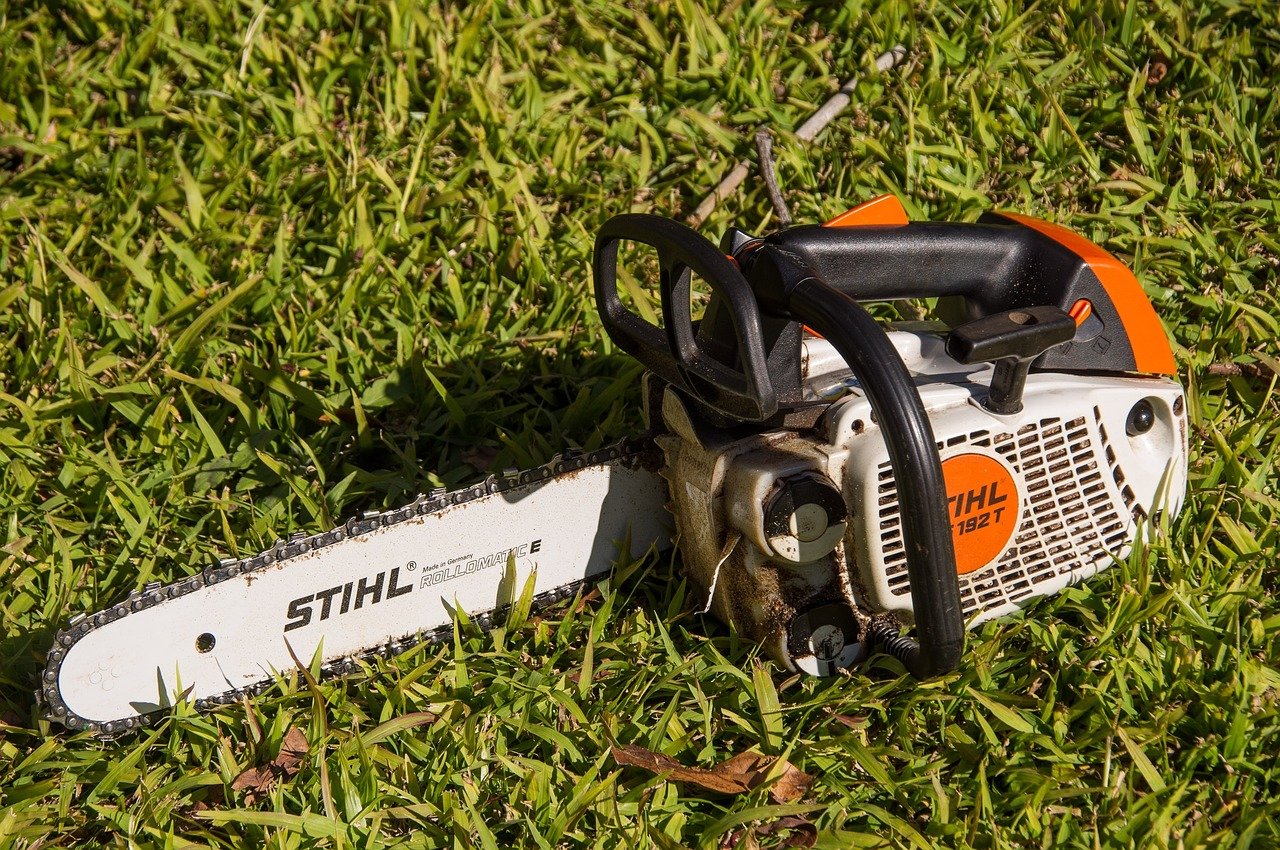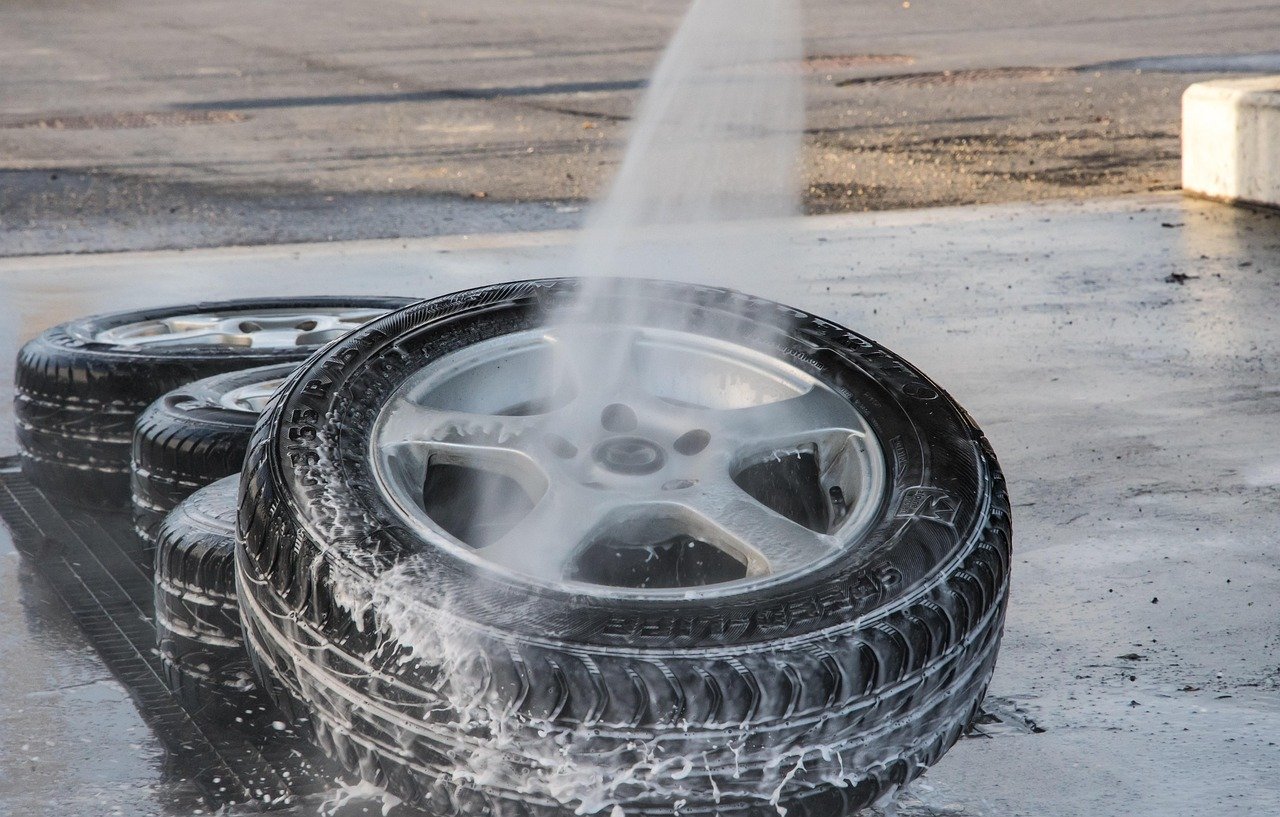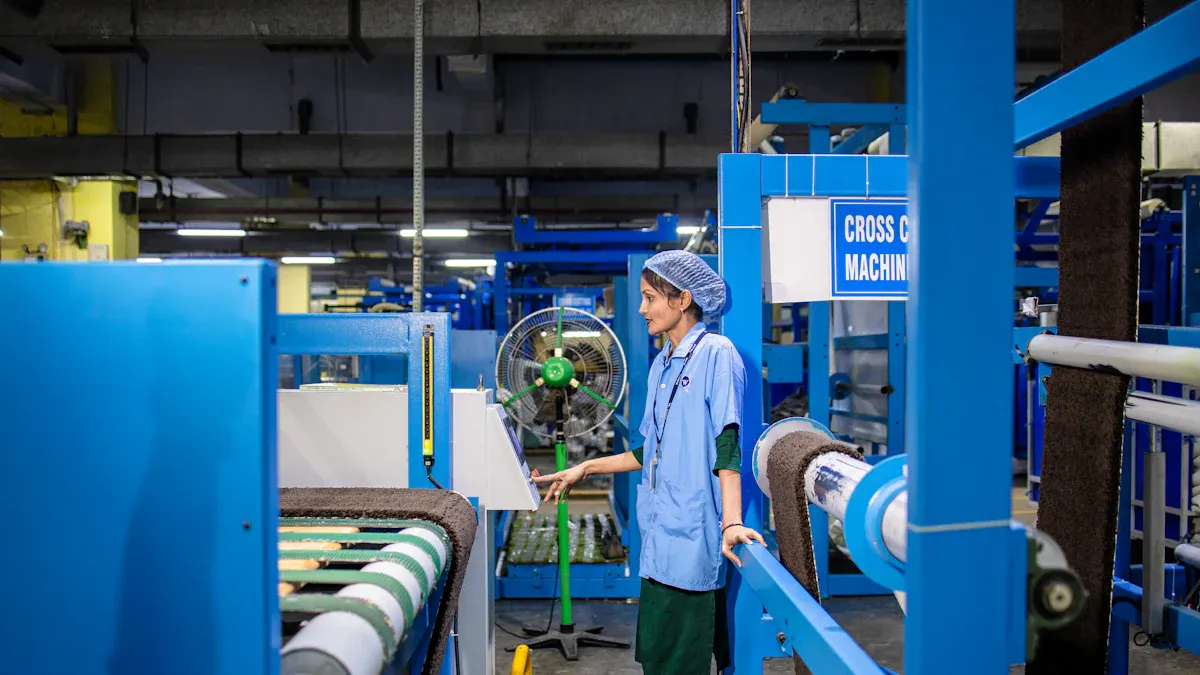
Hygienic design is crucial for food safety in food processing motors and industrial food equipment motors. Without proper hygienic design, companies risk food contamination, which can lead to costly recalls, fines, and a loss of consumer trust. By adhering to hygienic design principles, businesses ensure compliance with FDA, USDA, and NSF standards. Features such as easy-to-clean surfaces and sealed components help maintain food safety and streamline operations. Brands like honest exemplify best practices by consistently implementing hygienic design in their food processing motors and industrial food equipment motors.
Key Takeaways
Hygienic design helps keep food safe. It stops bacteria and dirt from getting into food processing motors.
Motors with smooth, sealed surfaces are easier to clean. Stainless steel parts do not rust and fight germs.
Following food safety rules and certifications helps companies avoid recalls. It also helps build trust with customers.
Using hygienic motors saves time and money. It makes cleaning easier and lowers maintenance and breakdowns.
Picking motors made for tough cleaning and food safety helps production. It also protects the brand.
Hygienic Design in Food Processing Motors
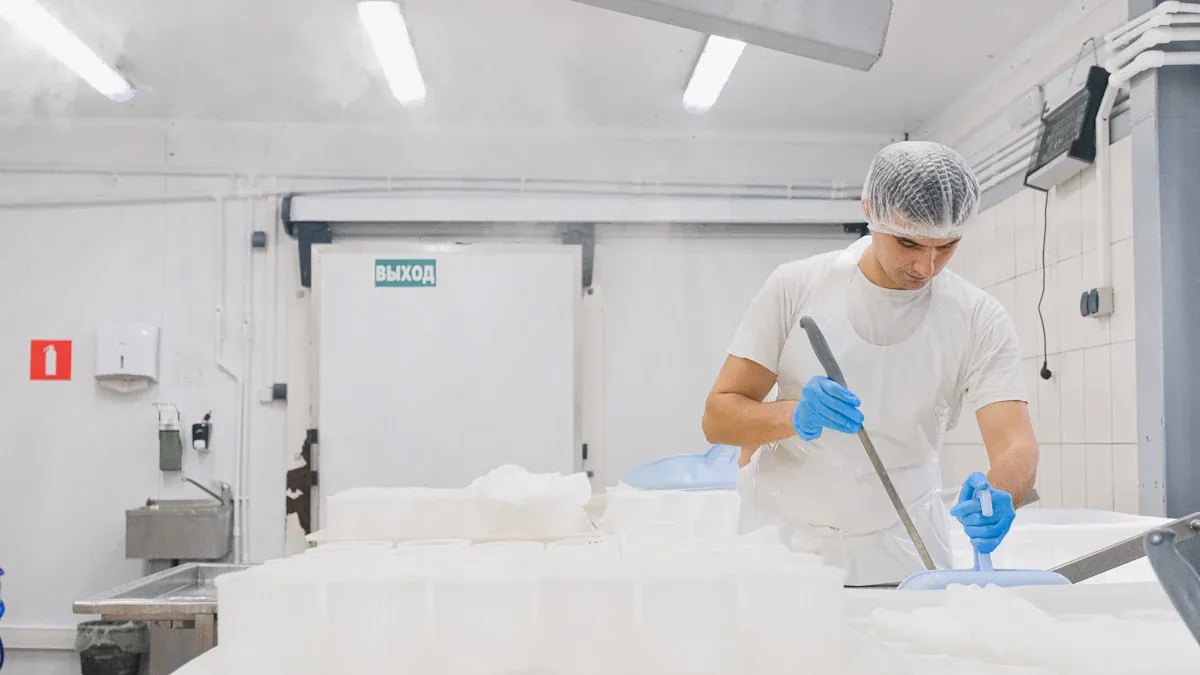
Why Hygienic Design Matters
Hygienic design is very important in the food industry. Food processing motors work where everything must stay clean. If a motor gets dust, water, or food stuck on it, bacteria can grow. This can get into the food and make it unsafe. Companies that do not use hygienic design can break food safety rules. They might have to recall products or go to court.
Food processing equipment must follow strict rules. The FDA, USDA, and NSF make these rules for food safety. These groups want manufacturers to use hygienic design. Motors with smooth and sealed surfaces are simple to clean. They do not let dirt or germs hide. Honest gearmotors and other products have these features. Their motors help keep food safe and stop contamination.
Note: Using hygienic design keeps people and brands safe. It lowers the chance of foodborne sickness and helps people trust the brand.
Key Principles and Guidelines
There are several hygienic design rules for food processing motors. First, designers pick materials that do not rust or react with food. Stainless steel is used a lot. Second, they do not use sharp corners or cracks. Smooth surfaces stop buildup and make cleaning easy. Third, motors need sealed housings. This keeps out water, dust, and food bits.
Food processing equipment must also meet food safety rules. The 3-A, NSF, and FDA give guidelines for hygienic design. Honest motors follow or do better than these rules. Their products show that good design helps keep food safe and makes work easier.
Food Safety and Industrial Food Equipment Motors

Preventing Contamination
Hygienic design helps keep food safe and high quality. Food processing motors work in places where even a little contamination is a big problem. If equipment is not easy to clean, bacteria, allergens, or chemicals can get into food. Food safety rules say manufacturers must use hygienic design to stop these dangers.
Food safety depends on equipment that does not hide dirt, water, or food bits. Clean machines stop harmful microbes from growing and keep food safe for people.
Food safety rules affect every part of food processing equipment. These rules say:
Surfaces must be smooth and not soak up anything, so food and cleaners do not build up.
Stainless steel is used because it does not rust or react with food.
Housings and joints must be sealed to keep out dust, water, and food bits.
Hygienic seals on shafts block contamination.
Fasteners and joints are made to avoid hidden spaces.
Motors must handle strong cleaning, like high-pressure washdowns or clean-in-place systems. If a motor cannot take this, it could cause contamination. Food safety teams need motors that meet these tough rules to protect products and the brand.
Materials and Construction for Hygienic Motors
The materials and build of food processing motors are very important for food safety. Stainless steel is best because it does not rust and is simple to clean. Surfaces need to be smooth, with no sharp corners or cracks, so cleaning crews can remove all food and bacteria.
Food-grade lubricants and seals are also needed. These parts meet strict rules, like ISO 21469 and FDA standards. They stop food contamination by being safe if they touch food and by helping with cleaning. Using food-grade lubricants also lowers the risk of chemical or microbe problems.
Honest motors show good hygienic design. Their motors have:
High IP ratings, like IP65 or more, to keep out dust and water.
Stainless steel choices for the best corrosion resistance.
Fully closed housings for washdown cleaning.
Food-grade seals and lubricants that meet world safety rules.
Tip: Picking motors with these features helps companies keep equipment clean, pass checks, and avoid expensive recalls.
The table below shows the main hygienic design features for motors in food processing equipment:
Feature | Benefit for Food Safety |
|---|---|
Smooth, sealed surfaces | Stops buildup and bacteria |
Stainless steel housing | Fights rust and helps cleaning |
Food-grade lubricants | Safe if they touch food |
High IP protection | Blocks dust and water |
Washdown capability | Makes cleaning easy |
Food processing motors with these materials and features help food safety at every step. They help companies follow rules, keep people safe, and build trust in their brands.
Hygienic Design Guidelines and Compliance
Regulatory Standards
Hygienic design is very important for food safety. Motors in food processing must follow strict rules. These rules help keep equipment clean and safe for making food. Designers focus on three main things: Equipment must be easy to clean and check. There should be no places where food or water can get stuck. Food-grade materials that do not rust or break down are used. Motors with smooth and sealed surfaces stop dirt and bacteria from hiding. Food safety depends on these features. The FDA, USDA, EHEDG, and 3-A make the rules for food equipment. Honest motors meet or do better than these rules. Their products use stainless steel, sealed housings, and food-grade lubricants. These choices help keep food safe and make cleaning simple.
Certification Requirements
Food safety certifications show that equipment is safe and works well. Certifications like CE, UL, and ISO mean motors meet world standards. These marks help customers trust the products. They also help companies sell in other countries. Honest motors have many of these certifications. This makes them a good pick for food processing.
The table below shows how different certifications help food processing motors get sold:
Certification | Purpose and Impact on Marketability | Key Features Supporting Food Processing Motors |
|---|---|---|
Ingress Protection (IP) Rating | Makes sure motors can handle strong cleaning and washing. This is important to stop contamination in food areas. Motors with high IP ratings, like IP69, are wanted around the world because they keep out water and dirt. | Standard protection from water and dirt; the highest rating (IP69) means the motor is fully covered and can take heavy cleaning. |
BISSC (Baking Industry Sanitation Standards Committee) | Sets cleaning rules for baking equipment. This makes cleaning easier and safer, so people trust the equipment more. | Needs smooth surfaces, safe and rust-proof materials, sealed bearings, and wiring that does not collect dust. These things help keep motors clean and working well. |
USDA Rating | Approves materials and finishes that can handle strong cleaning chemicals. This keeps food safe and follows the rules. Motors with USDA finishes are liked everywhere for safety and following the law. | White epoxy paint rated by USDA keeps motors safe from harsh cleaners. This protects the motor and meets tough food safety rules. |
Certifications do more than just show the rules are followed. They help companies sell in new places and make buyers feel safe about the products. Hygienic design and food safety certifications protect people and brands.
Operational Benefits for Manufacturers
Cleaning and Maintenance Efficiency
Hygienic design gives manufacturers clear benefits. Motors with smooth, sealed surfaces are easy to clean. Cleaning teams can quickly remove food and bacteria. This saves time during cleaning and keeps food safe. When equipment is simple to clean, workers can stick to cleaning schedules. There are fewer places for bacteria to hide on clean machines.
Honest’s three-phase asynchronous motors and pump motors show this in real life. These motors have stainless steel housings and high IP ratings. They can handle water, dust, and cleaning chemicals. Maintenance teams do not need to fix them as often. The motors are made for lots of washdowns. Advanced motor systems have built-in diagnostics. Technicians can find and fix problems faster. This helps production lines keep moving and makes cleaning easier.
Tip: Picking motors that are easy to clean and care for helps companies follow food safety rules and avoid costly stops.
Productivity and Cost Savings
Manufacturers save money over time with hygienic design. Motors that do not rust or get dirty last longer. This means fewer replacements and lower costs. Predictive maintenance features, like those in PowerFlex Drives, help stop surprise breakdowns. Companies can avoid sudden stops, which saves a lot of money.
Less downtime keeps production lines working well.
Motors last longer, so they need fewer replacements.
Lower maintenance costs come from fewer repairs and quick fixes.
Built-in diagnostics make repairs faster and help companies earn back their investment sooner.
Food safety is always important. Motors that help keep equipment clean and easy to fix help companies avoid recalls and protect their brand. Honest’s pump motors and asynchronous motors give these benefits. They are a smart pick for food processing plants that want to save money and work better for a long time.
Hygienic design is very important for food safety. It also helps companies follow rules and work better. If companies use “honest” motors, they get strong and dependable motors. These motors are made for tough food industry standards.
Check your equipment for any hygienic problems.
Get motors that follow or go beyond the rules.
If you need help or special answers, talk to Honest. Their experts help companies make food processing safer, cleaner, and more efficient.
FAQ
What is hygienic design in food processing motors?
Hygienic design means motors have smooth, sealed surfaces. They use materials that are safe for food. These things help stop contamination. They also make cleaning easier. Honest motors use stainless steel. They have high IP ratings. This helps them meet strict food safety rules.
Why do food processing motors need high IP ratings?
High IP ratings keep dust and water out of motors. This stops bacteria and food bits from getting inside. Honest motors with IP65 or higher work well in places that need lots of washing. They help keep food safe.
How often should manufacturers clean food processing motors?
Manufacturers need to clean motors after every shift. Cleaning often removes food and bacteria. Honest motors have sealed housings. This lets workers clean them quickly and well. It also helps lower downtime.
Which certifications matter for food processing motors?
Certification | Purpose |
|---|---|
NSF | Food safety compliance |
UL | Electrical safety |
CE | European standards |
Honest motors have these certifications. This helps companies follow global rules.
Can honest customize motors for unique food processing needs?
Yes. Honest can make custom motors for different food processing jobs. Their team helps pick the right materials and protection. They also choose features for special hygiene and work needs.
